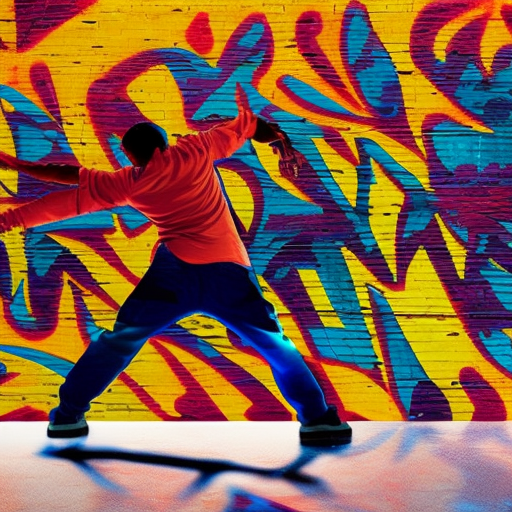Hip Hop: A Cultural Phenomenon
Hip Hop is a cultural movement that emerged in the 1970s in the Bronx, New York City. It encompasses various forms of artistic expression, including music, dance, fashion, and visual art. Hip Hop has since become a global phenomenon, influencing popular culture and shaping the way we understand and experience music and art.
The Origins of Hip Hop
Hip Hop originated as a response to the social and economic challenges faced by African American and Latino communities in the Bronx. It was a way for young people to express themselves and tell their stories through creative means. DJ Kool Herc is often credited as one of the pioneers of Hip Hop, as he developed the technique of using two turntables to extend the instrumental breaks of songs, creating a new style of music that came to be known as “breakbeats.”
The Elements of Hip Hop
Hip Hop consists of four main elements: rapping (MCing), DJing, breakdancing (B-boying/B-girling), and graffiti art. Rapping involves rhythmic speech and lyrical storytelling, often accompanied by beats and melodies. DJs play a crucial role in Hip Hop, using turntables and mixers to manipulate and blend different tracks, creating unique sounds and beats. Breakdancing is a highly energetic and acrobatic form of dance that originated in the streets of New York City. Graffiti art, often seen as a form of visual protest, is another integral part of Hip Hop culture, with artists using walls and public spaces as their canvas.
The Influence of Hip Hop Music
Hip Hop music has had a profound impact on popular music and culture. It has provided a platform for marginalized voices and has been used as a tool for social commentary and political activism. From its early days with artists like Grandmaster Flash and Run-DMC to the modern era with artists like Kendrick Lamar and Cardi B, Hip Hop has continuously evolved and pushed boundaries. Its influence can be seen in various genres, from R&B and pop to rock and electronic music.
The Evolution of Hip Hop Fashion
Hip Hop fashion is known for its bold and distinctive style. From the baggy jeans and oversized t-shirts of the 1990s to the luxury brands and streetwear of today, Hip Hop has always been at the forefront of fashion trends. Artists like LL Cool J and Salt-N-Pepa popularized the “hip hop look” in the 1980s, with gold chains, tracksuits, and Kangol hats becoming iconic symbols of the culture. Today, Hip Hop fashion continues to evolve, with artists like Kanye West and Pharrell Williams launching their own fashion lines and collaborating with high-end brands.
The Impact of Hip Hop on Society
Hip Hop has had a significant impact on society, both positive and negative. On one hand, it has provided a voice for marginalized communities and has been a catalyst for social change. Artists like Public Enemy and N.W.A. used their music to address issues such as racism, police brutality, and inequality. On the other hand, Hip Hop has also been criticized for promoting violence, misogyny, and materialism. It is important to recognize that Hip Hop is a diverse and complex culture, and its impact cannot be reduced to a single narrative.
In conclusion, Hip Hop is a cultural phenomenon that has transcended boundaries and influenced art, music, and fashion around the world. From its humble beginnings in the Bronx to its global reach today, Hip Hop continues to evolve and shape popular culture. Its impact on society, both positive and negative, cannot be denied. Hip Hop is more than just a genre of music; it is a way of life and a powerful form of self-expression.












